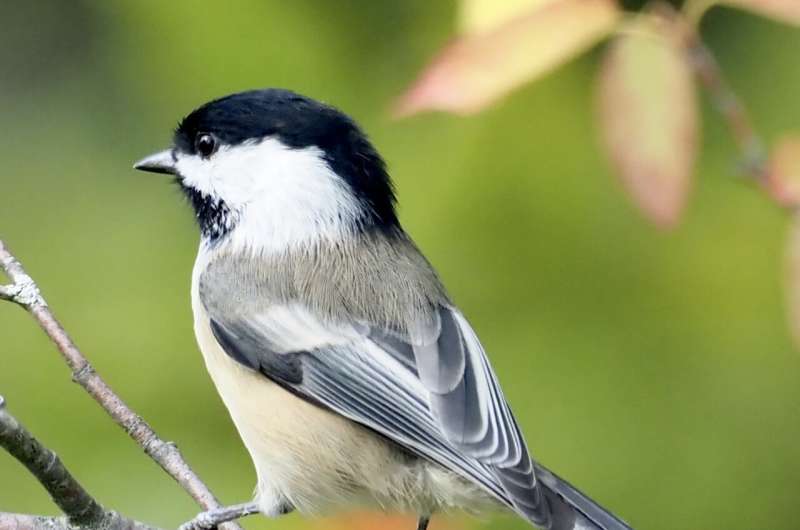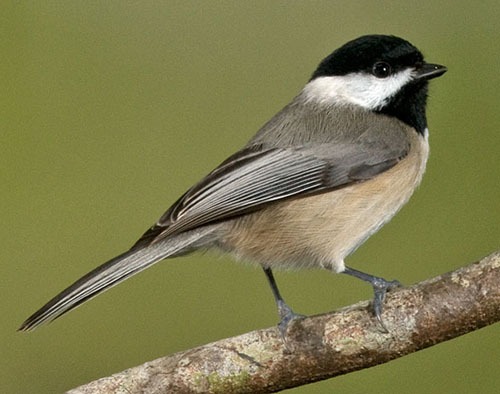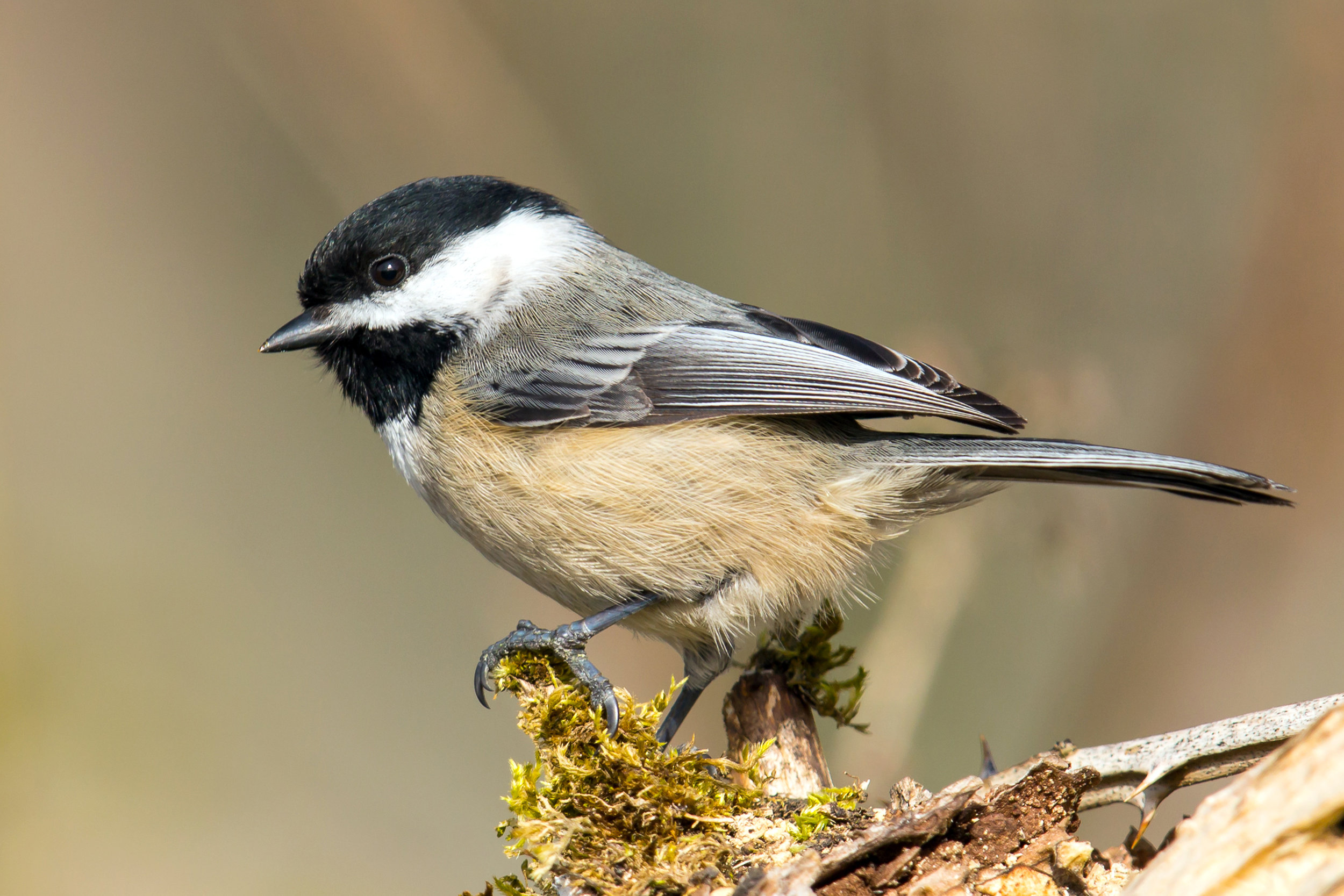
HYBRIDS OF TWO COMMON NORTH AMERICAN SONGBIRDS, THE BLACK-CAPPED AND MOUNTAIN CHICKADEE, ARE MORE LIKELY TO BE FOUND IN PLACES WHERE HUMANS HAVE ALTERED THE LANDSCAPE IN SOME WAY
The study is the first to positively correlate hybridisation in any species with landscape changes caused by humans, and the first to examine this relationship across an entire species’ range – spanning almost all of western North America.
The paper also contradicts a long-standing assumption that these two birds rarely hybridise, finding instead that black-capped and mountain chickadee hybrids (identified using genetic tools) occur across the United States and Canada.
Lead author Kathryn Grabenstein is a postdoctoral associate in ecology and evolutionary biology at the University of Colorado Boulder. She said: “These are common birds. If you go anywhere in North America, you’ll find a chickadee.
“What we’re finding now, is that if you see a chickadee in a place where both black-capped and mountain chickadees live, they’re probably at least a little bit of a hybrid chickadee.”
Hybridisation – the interbreeding of closely related species to produce mixed ancestry offspring – is common in the development of life on Earth and is thought to be especially important in the evolution of plants.
This new analysis of songbirds adds to the growing body of evidence that hybridisation is also quite relevant within vertebrate evolution.

HUMAN DISTURBANCE
What this study cannot say is why these chickadee hybrids are more common in places where humans have changed the landscape, but it is the first of its kind to examine this correlation separate from climate change.
Climate change often changes the range of a species, bringing them into contact with another that would not normally interact, which can lead to hybridisation.
In contrast, this study looked at two related species whose ranges already overlap and focused on the variable of human ‘disturbance’, such as building cities, clearing land, planting trees, creating reservoirs and noise pollution.
This way, the researchers could exclusively examine if changes to the physical structure of the environment affect the interactions between two species that are already in the same place.
“It’s not bringing new species into contact with each other; it’s changing the rules of negotiation between them,” said Grabenstein.
Co-author Scott Taylor is an associate professor of ecology and evolutionary biology, director of CU Boulder’s Mountain Research Station and a fellow at the Institute of Arctic and Alpine Research (INSTAAR).
He said: “What are the consequences of the ways we modify the landscape?
“We think about it mostly in terms of habitat loss, not necessarily in terms of species interaction modifications.
“This paper changes our understanding of this system incredibly.”
CORRELATION BETWEEN HYBRIDS

Previously published research by Grabenstein and Taylor found examples of various species hybridising in the wake of humans disrupting their habitats, but they wanted to document a clear example of this occurring across a wide geographical range.
Based on local observations of possible hybrid black-capped and mountain chickadees in several towns and cities across western North America, they realised these two species would be good candidates for a study.
To test their hypothesis about these birds, the researchers compiled observational data from eBird, an online birding site, and DNA samples from 196 black-capped and 213 mountain chickadees at 81 sites in North America, gathered over the past decade by co-authors Ken Otter of the University of Northern British Columbia and Theresa Burg of the University of Lethbridge.
They found a positive, significant correlation between hybrids of these two species and areas where humans have disturbed their habitat in some form – as well as that black-capped chickadees are found more often in these disturbed areas than mountain chickadees.
This study is also a positive sign for science.

Sequencing the DNA of 409 birds is a big study; just a decade ago, a study of this size may not have been possible due to the large amount of time and money it would have required.
As the price tag of DNA sequencing has dramatically dropped and running samples has become more efficient, these precise genomic tools have become more accessible to more researchers, allowing them to improve our understanding of how humans impact biodiversity at the genetic level.


